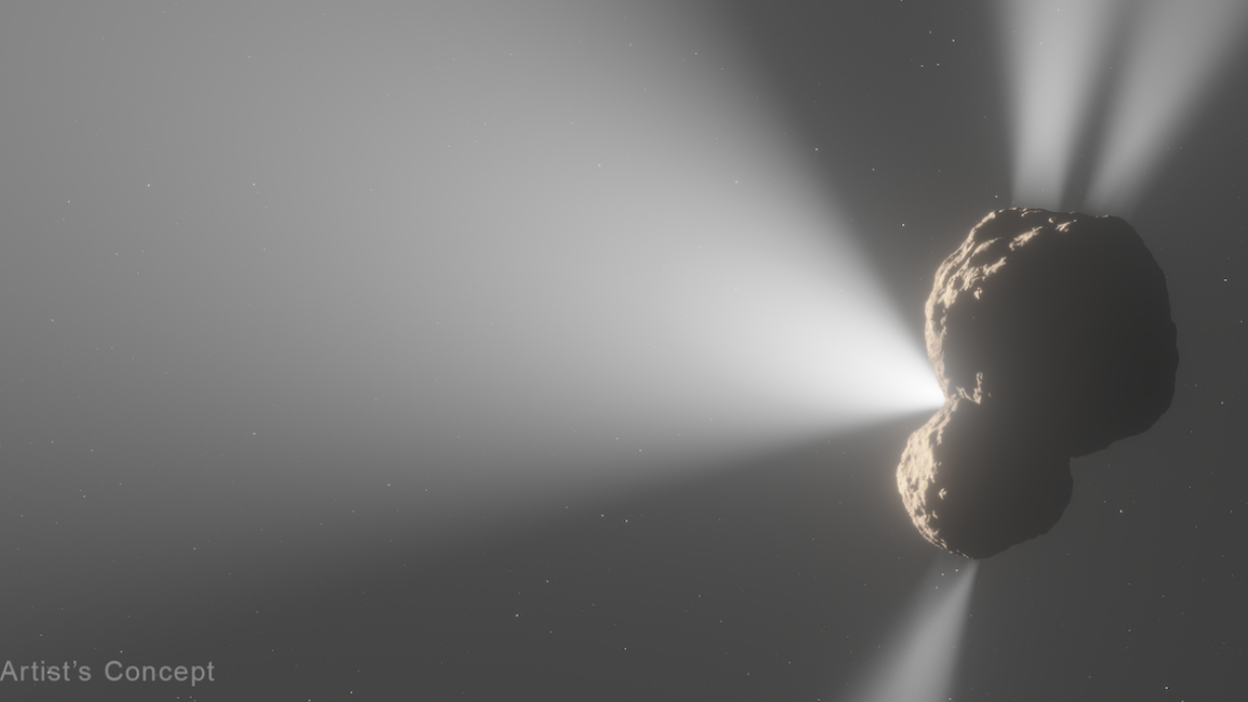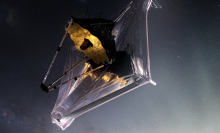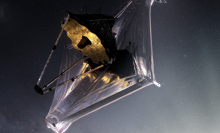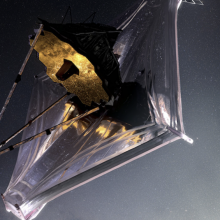There's a class of objects journeying around our solar system dubbed "centaurs." They don't come near Earth, but NASA just zoomed in on one with the powerful James Webb Space Telescope.
The centaurs are thought to be icy objects from the solar system outskirts, where Pluto lives, but they've moved inward and now inhabit the realms between Jupiter and Neptune. They remain largely mysterious, but with a Webb instrument (a spectrograph) that can identify the composition of distant worlds, scientists have closely inspected Centaur 29P/Schwassmann-Wachmann 1, an object known to emit jets of gas.
"Webb really opened the door to a resolution and sensitivity that was impressive to us — when we saw the data for the first time, we were excited. We had never seen anything like this," Sara Faggi, a researcher at NASA’s Goddard Space Flight Center who led the research, said in an agency statement.
While the object is much too distant and small for a vivid picture — like Webb's view of a large world like Neptune — Webb's spectrograph revealed new jets of gas shooting out from the centaur. Two of the newly discovered jets are blasting CO2 (carbon dioxide) into space, and another is shooting CO (carbon monoxide). The researchers looked for water in these plumes, but didn't detect any.
Black Friday deals you can shop right now
-
Apple AirPods Pro 2 ANC Earbuds With USB-C Charging Case — $153.99 (List Price $249.00)
-
Apple iPad 10.9" 64GB Wi-Fi Retina Tablet (2022 Release) — $249.99 (List Price $349.00)
-
Meta Quest 3S 128GB VR Headset + $75 Digital Credit — $299 With Code "QUEST75"
-
Blink Outdoor 4 1080p Security Camera (3-Pack) — $99.99 (List Price $259.99)
-
Bose QuietComfort Wireless Noise Cancelling Headphones — $199.00 (List Price $349.00)
-
Apple Watch Series 10 (GPS, 42mm, Black, S/M, Sports Band) — $329.00 (List Price $399.00)
-
Samsung Odyssey G93SC 49" Dual QHD OLED Curved Monitor — $949.99 (List Price $1599.99)
The graphic below shows the abundances of elements in the jets as observed by Webb (on left), and NASA's 3D construction of what Centaur 29P/Schwassmann-Wachmann 1 might look like (on right).
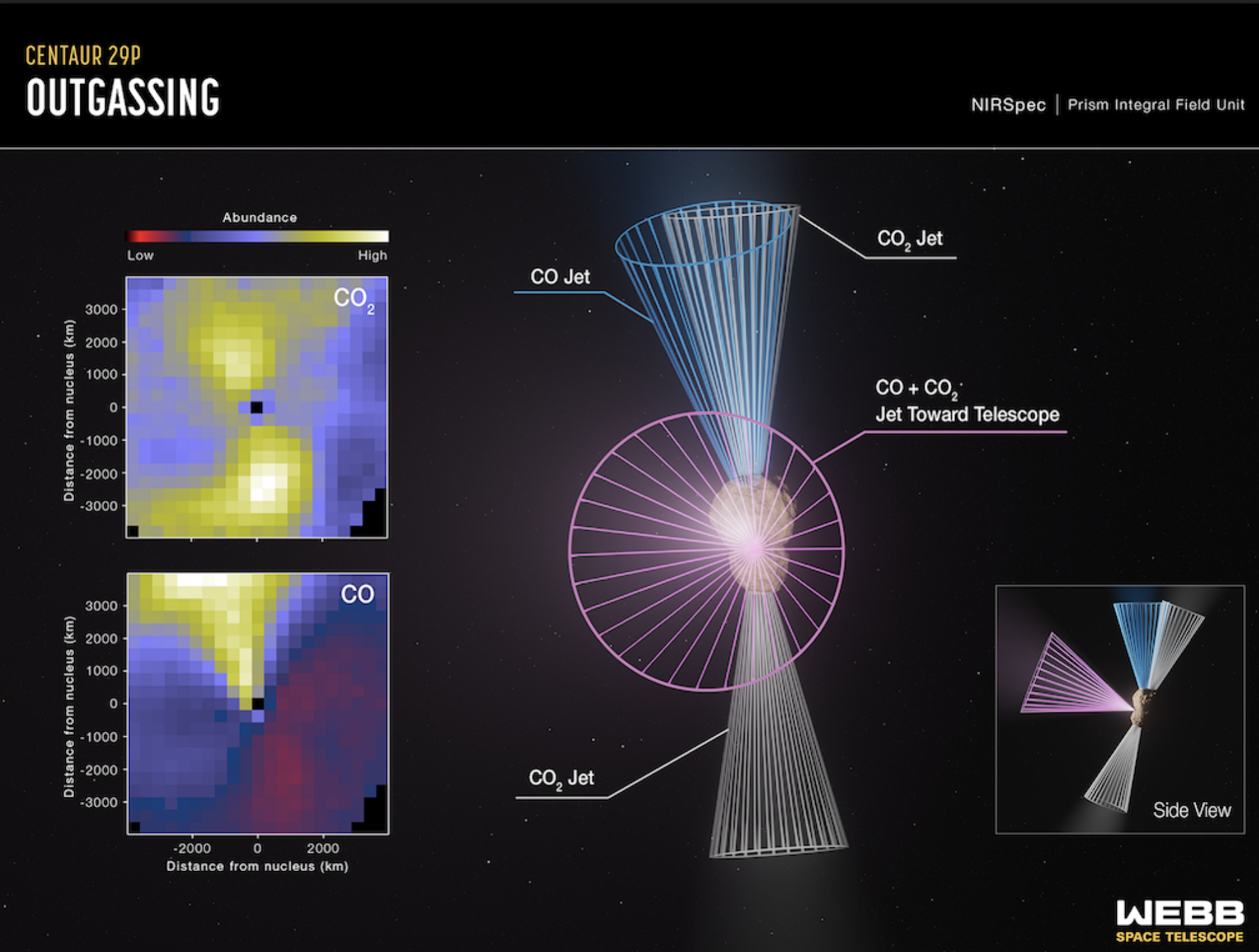
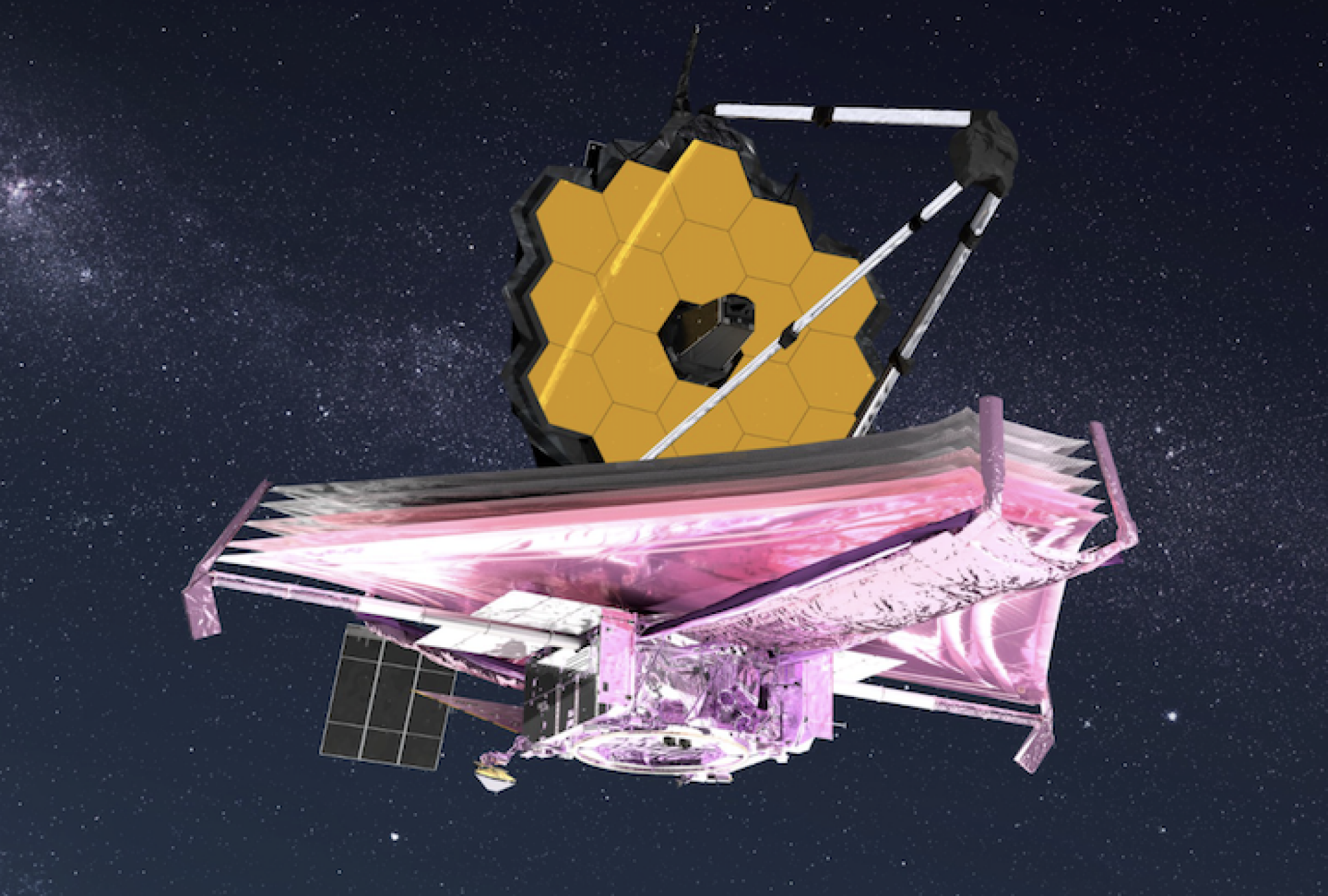
As the reconstructions above show, Centaur 29P might be two objects that long ago stuck together (asteroids and other deep space objects tend to do this). This could explain the differences in the object's CO2 and CO abundances.
But what's driving the bursts of gas remains a mystery. Comets — which are "dirty snowballs" made of ices, rocks, and dust — shoot out gases and water vapor when they near the sun. But in the frigid realms of the outer solar system, it's far too cold for centaurs' ice to rapidly sublimate, or abruptly transition from a solid to a gas.
To understand what's transpiring on these far-off places — which are pristinely preserved remnants of our early solar system and can help us understand our planetary evolution — scientists will need to zoom in on Centaur 29P again.
"We only had time to look at this object once, like a snapshot in time," said Adam McKay, an astronomer and study co-author at Appalachian State University. "Looking at these jets over time would give us much better insights into what is driving these outbursts," he added.
The Webb telescope's powerful abilities
The Webb telescope — a scientific collaboration between NASA, ESA, and the Canadian Space Agency — is designed to peer into the deepest cosmos and reveal new insights about the early universe. But it's also examining intriguing planets in our galaxy, along with the planets and moons in our solar system.
Here's how Webb is achieving unparalleled feats, and likely will for decades to come:
- Giant mirror: Webb's mirror, which captures light, is over 21 feet across. That's over two-and-a-half times larger than the Hubble Space Telescope's mirror. Capturing more light allows Webb to see more distant, ancient objects. The telescope is peering at stars and galaxies that formed over 13 billion years ago, just a few hundred million years after the Big Bang. "We're going to see the very first stars and galaxies that ever formed," Jean Creighton, an astronomer and the director of the Manfred Olson Planetarium at the University of Wisconsin–Milwaukee, told Mashable in 2021.
- Infrared view: Unlike Hubble, which largely views light that's visible to us, Webb is primarily an infrared telescope, meaning it views light in the infrared spectrum. This allows us to see far more of the universe. Infrared has longer wavelengths than visible light, so the light waves more efficiently slip through cosmic clouds; the light doesn't as often collide with and get scattered by these densely packed particles. Ultimately, Webb's infrared eyesight can penetrate places Hubble can't.
"It lifts the veil," said Creighton.
- Peering into distant exoplanets: The Webb telescope carries specialized equipment called spectrographs that will revolutionize our understanding of these far-off worlds. The instruments can decipher what molecules (such as water, carbon dioxide, and methane) exist in the atmospheres of distant exoplanets — be they gas giants or smaller rocky worlds. Webb looks at exoplanets in the Milky Way galaxy. Who knows what we'll find?
"We might learn things we never thought about," Mercedes López-Morales, an exoplanet researcher and astrophysicist at the Center for Astrophysics-Harvard & Smithsonian, told Mashable in 2021.
Already, astronomers have successfully found intriguing chemical reactions on a planet 700 light-years away, and have started looking at one of the most anticipated places in the cosmos: the rocky, Earth-sized planets of the TRAPPIST solar system.
Topics NASA
